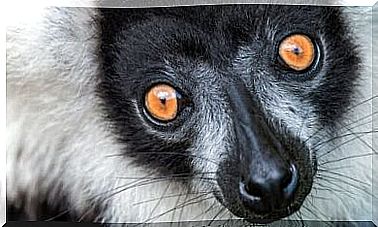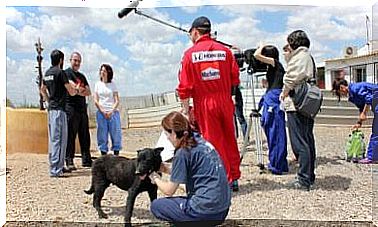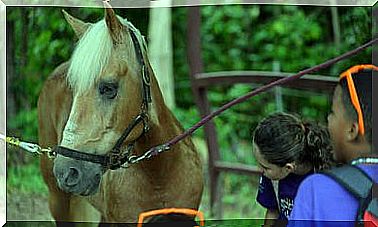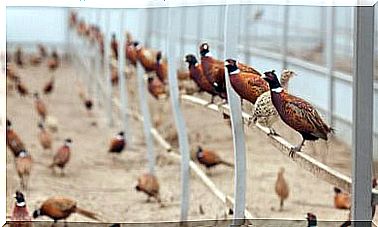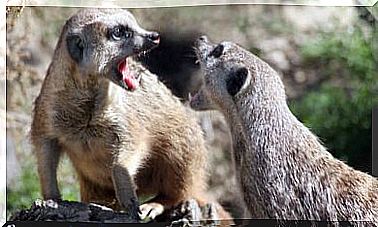Why Do Dogs Chase Their Tail?
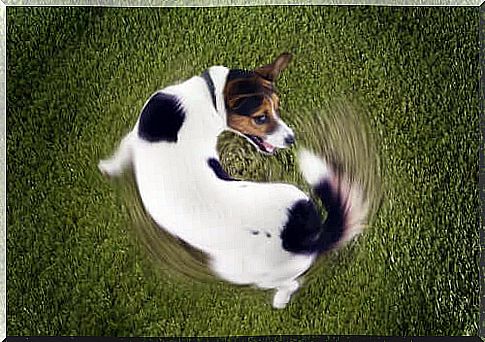
Sometimes pets perform seemingly inexplicable behaviors, such as when dogs chase their own tails. Although most tutors consider these practices to be unfounded, it can even be pathological.
The first time dogs chase their tail, they tend to provoke laughter from their guardians, a reaction that turns to concern when the animal’s behavior becomes obsessive.
There are several reasons that lead dogs to perform this movement continuously. It is important to know them to avoid potential physical and psychological problems.
Reasons why dogs chase their tail
Most ethologists agree with the following causes:
- Boredom. Dogs that spend a lot of time alone or that, despite having company, do not receive any encouragement, tend to seek their own entertainment. Performing a cyclic movement, such as trying to catch the tail, makes these animals, in addition to having fun, show some physical wear. To avoid this, the tutors must bet on the aerobic activity of the dogs, with races and games that amuse and exercise the animal.
- Search for attention. It is related to the previous aspect, but in this case it is the tutor who unwittingly incites the dog’s repetitive practice. Thus, when the animal observes an attitude of surprise and amusement in people who witness its new behavior, it tends to repeat it to maintain this joy.

- Illnesses or itchiness. When a dog feels discomfort in the tail, whether it’s a pain or an itch, he tends to bite it. This behavior must be monitored as it is often an indication of intestinal parasites. In addition, the animal may cause minor injuries or irritation in an attempt to soothe its itch.
- Mental disorders. In these cases, the origin may be age-related dementias or the presence of an obsessive-compulsive disorder triggered by a stressor. Some of the dogs that chase their tails manage to calm the anxiety, which makes the behavior a calming habit.
Strategies to mitigate repetitive behaviors
When guardians observe this type of behavior in their pets, they should analyze the frequency and environment in which they develop. The first step is to rule out physical problems, local wounds or other symptoms such as diarrhea or lack of appetite, which reaffirm the dog’s discomfort.
If conditions are not apparent, owners should try to avoid shock reactions and ignore the animal’s behavior. If he doesn’t give up, the best option is to distract him with other types of stimuli, such as throwing a ball to get him.

When there is a mental pathology, it is very difficult to spontaneously cure it in the home environment. In this case, despite having a high frequency of execution, the behavior is performed in an involuntary and automatic way, causing the dog to act without being conscious. This explains why dogs, even with an irritated tail, keep repeating the same action, which can cause alopecia or local infections.
Compulsive behaviors should be addressed by veterinarians if there is a clinical mental pathology, or by canine trainers capable of rooting out an unwanted habit.
When dogs chase their tail, bite the air or bark for no apparent reason, there are several issues that can be the cause of this behavior. At first, ignore and observe. However, in cases of obsession, take measures to avoid the acquisition of unwanted behaviors by the animal.
